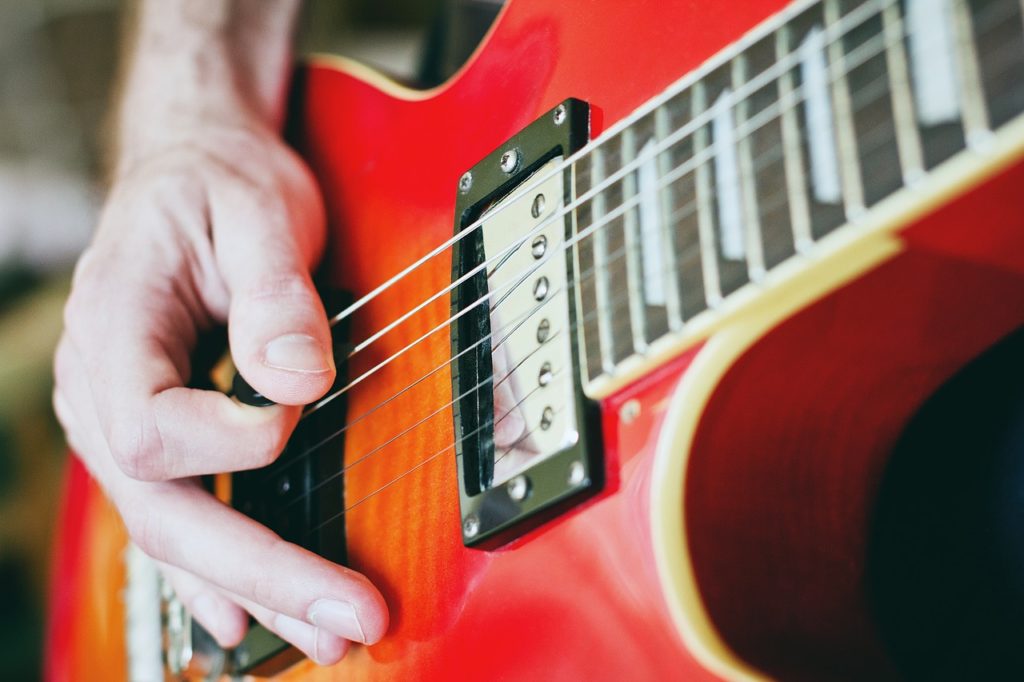As you may already know, Geoff from Success Music Studio is an expert in multisensory teaching, teaching piano to children as young as four-years-old. However, he has recently expanded to teaching three-year-olds a pre-instrumental music program that ultimately leads into piano lessons. Keep reading “Best Music Program for Three-Year-Olds” to learn more. Estimated reading time 2 minutes.
Read More

